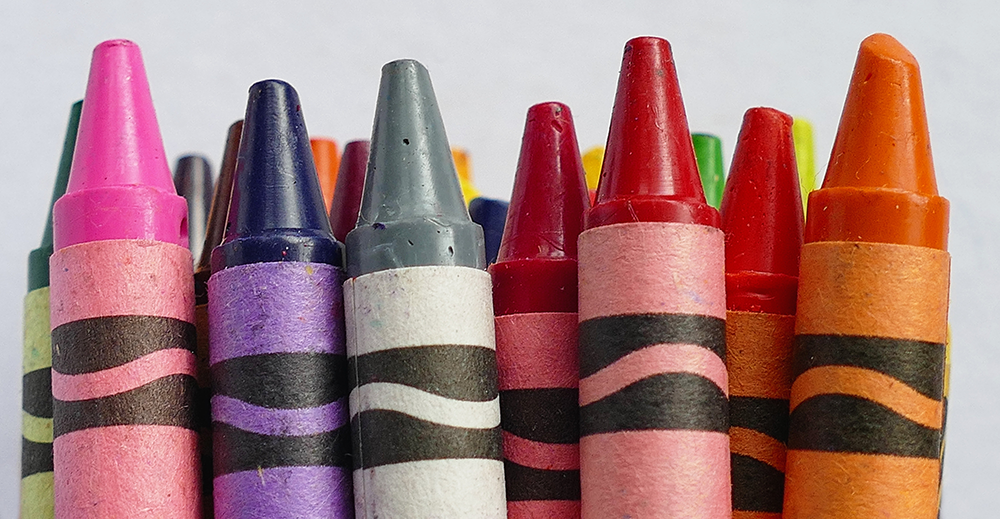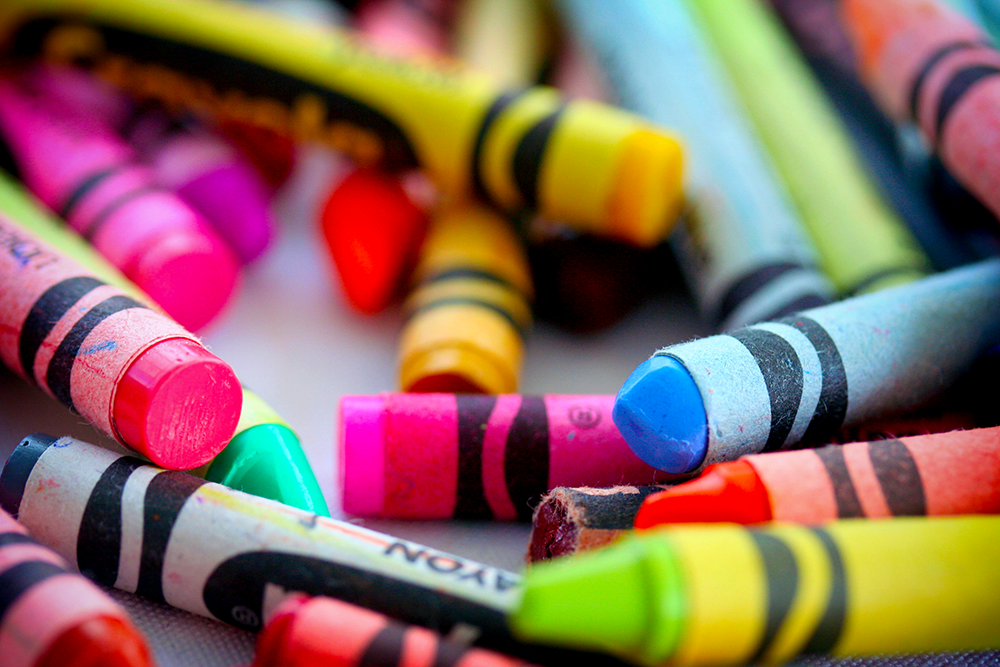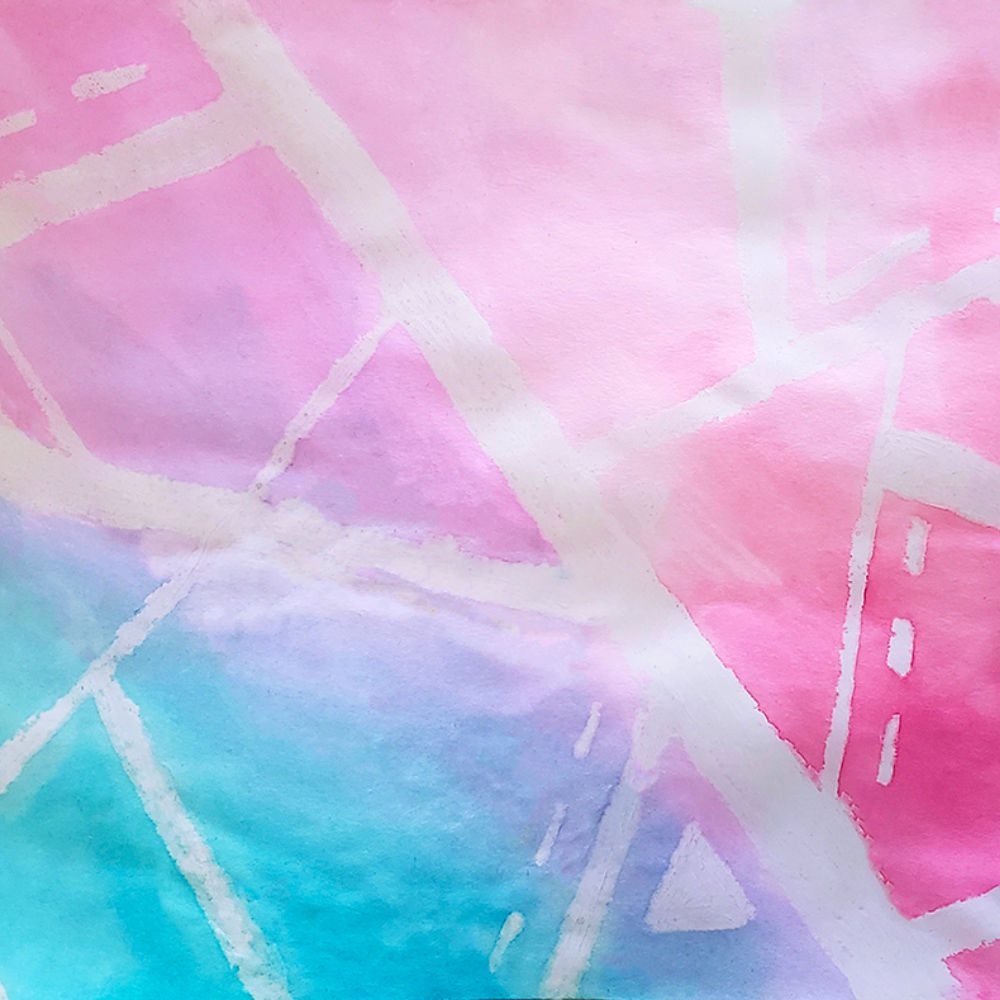Crayons and watercolors, the dynamic duo of the art supply world, have long been the go-to mediums for unleashing creativity, particularly among young artists.
But there's a fascinating secret behind why these two materials can coexist so beautifully on the same canvas, creating vivid, textured masterpieces that captivate the imagination.
This phenomenon is not just a happy accident but a result of the inherent properties of the materials used; it's not mere chance that allows crayon sketches to stand bold and unmarred beneath washes of watercolor; it's a dance dictated by the science of their composition.
Join us as we delve into the artistic mystery of why crayon resists watercolor, revealing the intriguing interplay between these beloved art materials.
Key Takeaways:
- Crayons resist watercolor due to the wax content that repels water-based paints.
- This resist technique allows artists to create unique effects by layering crayon drawings under watercolors.
- Understanding the science behind this can enhance the use of this method in art projects, especially for kids.


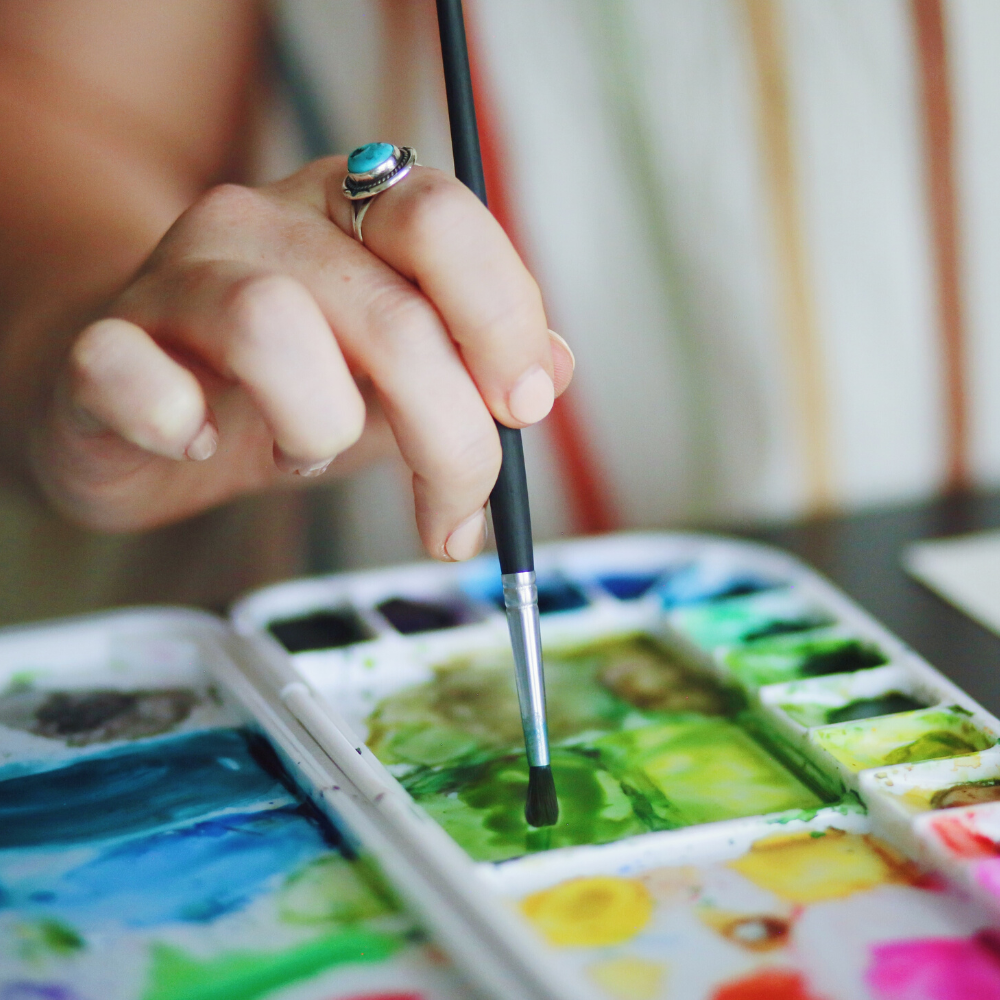
Science Behind the Resistance
At the heart of the question, "why does crayon resist watercolor," lies a basic principle of chemistry: like dissolves like.
Crayons are made primarily of wax, a nonpolar substance, which means they do not mix with water, a polar substance.
When a paint brush loaded with watercolor paint is swept over a drawing made with crayons, the watercolor washes over the wax but does not adhere to it.
This is because the wax creates a barrier on the watercolor paper, preventing the water-based paint from penetrating.
Role of Wax in Crayons
Wax is the secret ingredient that gives crayons their water-repelling superpower.
When kids draw on white paper with preferably light color crayons, they are essentially laying down a wax resist.
This wax barrier is what allows the watercolor paint to flow around the crayon colors, leaving the initial drawing visible.
The effect is even more pronounced when using white crayons on white paper, as the wax drawing remains invisible until a wash of preferably dark colors of watercolor reveals the secret message or design.
Techniques for Maximizing the Resist Effect
To fully harness the resist technique, artists often choose to cover the entire paper with crayon, creating a rich tapestry of colors and textures.
When the entire paper is covered with wax from the crayons, applying a black watercolor or any other dark watercolor paint over it can result in a striking contrast.
The watercolor fills in the negative space, highlighting the crayon drawing in a bold and vibrant way.
Choosing the Right Materials
The success of this technique also depends on the quality of the materials used.
High-quality watercolor paper is designed to absorb watercolors without warping, while still allowing the wax from the crayons to resist the paint.
Additionally, the choice of crayon colors can affect the outcome.
While white crayons are great for creating hidden designs, using a variety of colors can add depth and interest to the painting.
Applications in Art and Education
The crayon resist technique is not only fun but educational.
It teaches kids about the properties of different materials and how they interact.
It also allows them to experiment with color mixing, negative space, and composition.
Moreover, this method can be used to create stunning artworks that combine the textures of crayon with the fluidity of watercolors, making it a versatile tool for artists of all ages.
Magic of Crayons and Watercolor
The mesmerizing dance between crayon and watercolor opens up a world of artistic possibilities, thanks to the simple yet profound science of wax and water resistance.
The fascinating interaction between crayon and watercolor is a result of the wax in crayons repelling the water-based paint.
This resist technique is a beloved method in art education and creation, allowing for the exploration of texture, color, and composition.
This technique not only enriches the educational journey of budding artists but also empowers seasoned creators to experiment and innovate with texture, color, and composition.
By embracing the underlying principles that make this interaction possible, artists are equipped to craft with purpose, pushing the boundaries of creativity to produce breathtaking and visually captivating works of art.
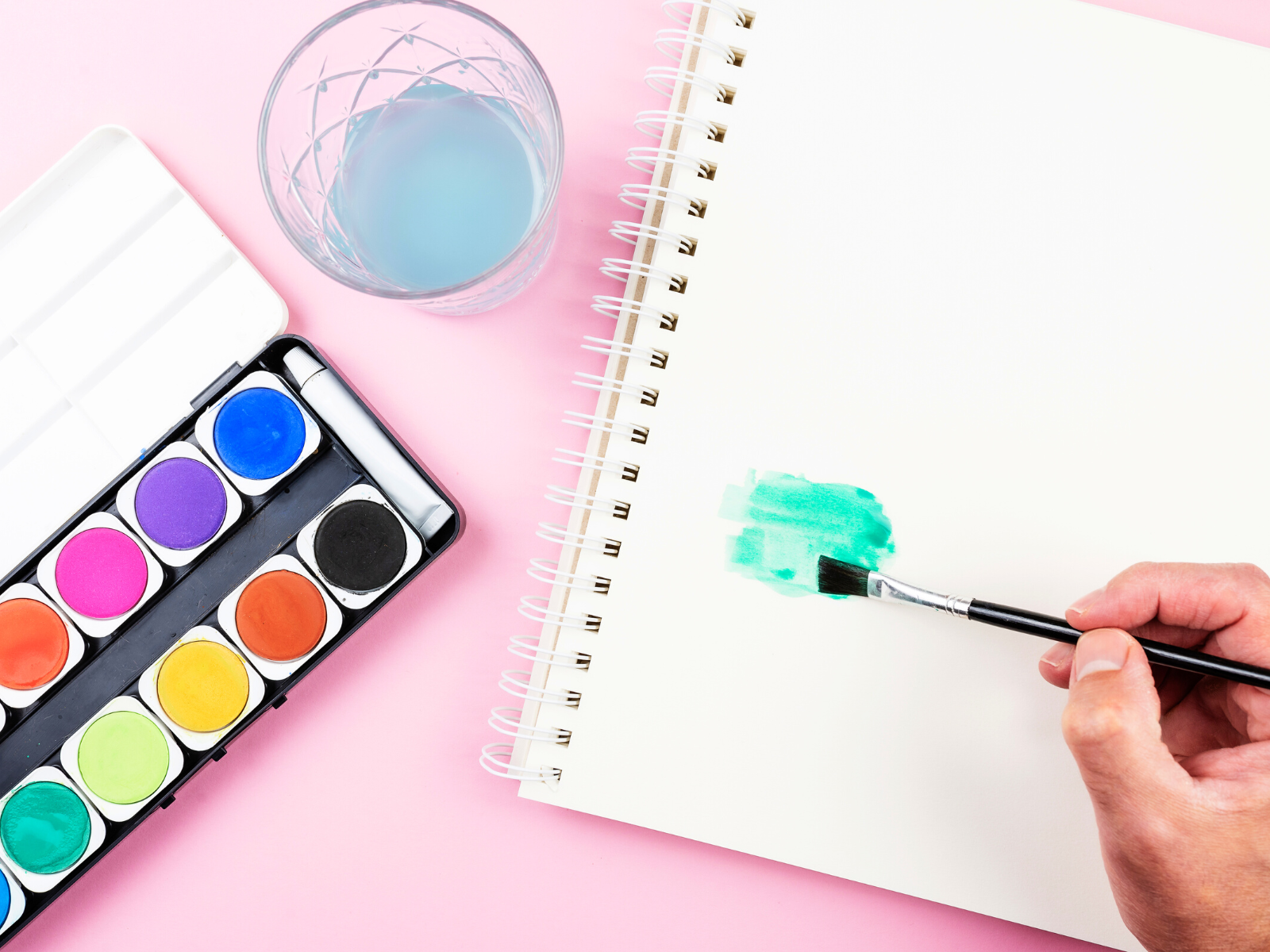
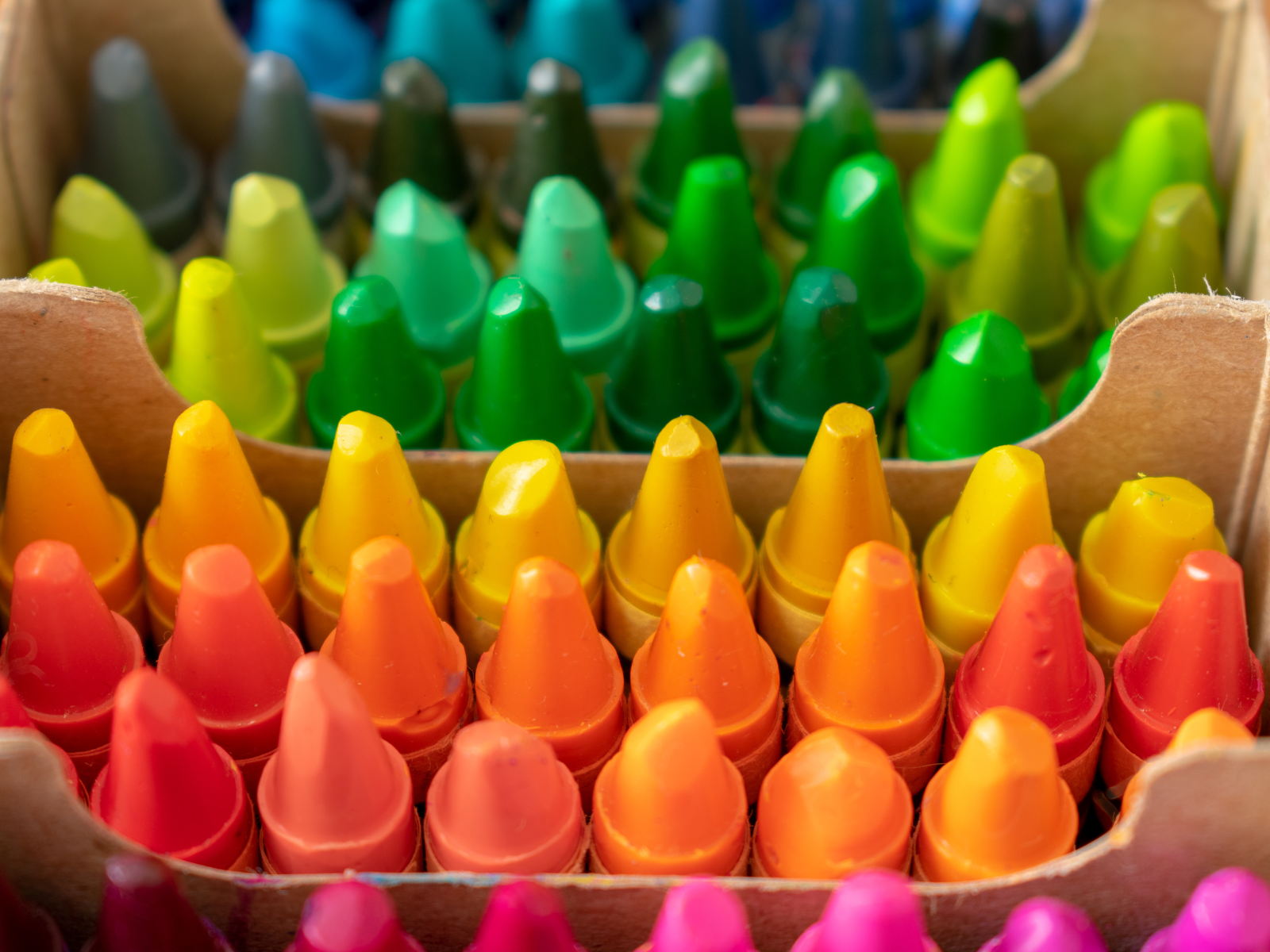
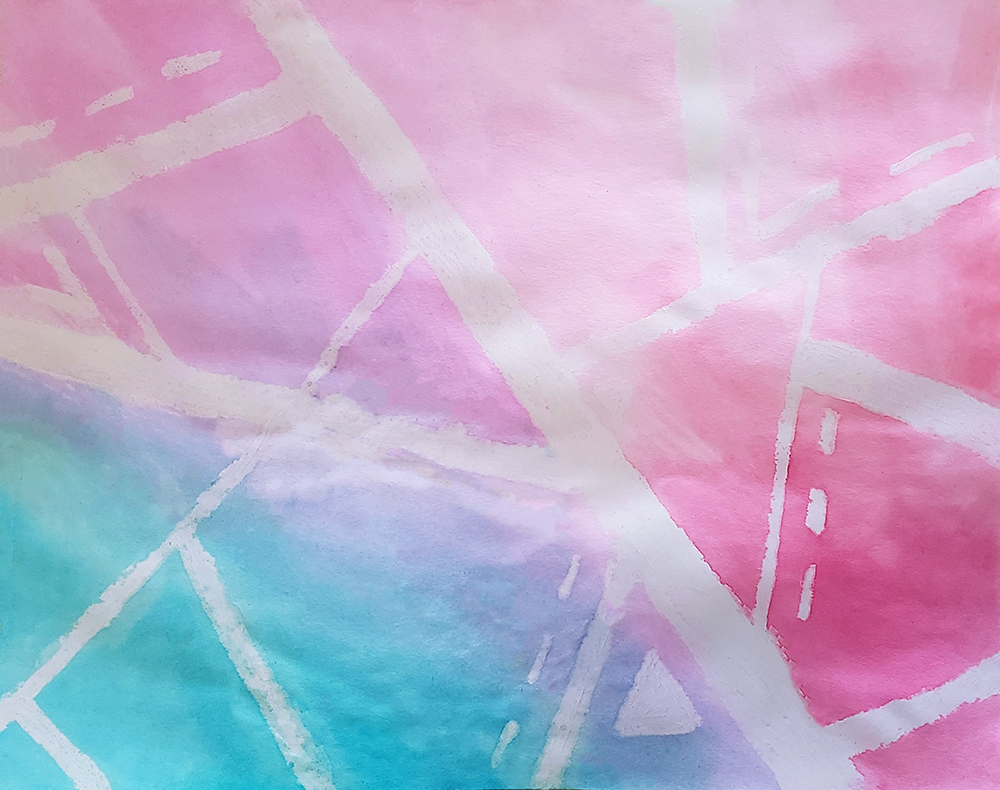
Crayon FAQs
Dive into the colorful world of crayon art, where creativity meets practicality!
Whether you're a seasoned artist or a curious beginner, understanding the nuances of using crayons in your artwork can elevate your creations to new heights.
From mastering the resist technique to choosing the perfect paper, we've got you covered.
Let's unravel the mysteries behind making your art pop with crayons and watercolors, and explore how to achieve stunning effects that will breathe life into your masterpieces.
Ready to unleash your artistic potential? Read on for all the insider tips and tricks!
Can any type of crayon be used for the resist technique?
Yes, any crayon that contains wax will resist watercolor. However, for best results, use high-quality crayons that lay down a thick layer of wax.
Is there a specific type of watercolor paper that works best for this technique?
It's best to use heavy-weight, high-quality watercolor paper that can handle the water without warping and can highlight the resist effect of the crayons.
Can this technique be used with other types of paint?
The resist technique works best with water-based paints like watercolors. Oil-based or acrylic paints may not produce the same effect because they can adhere to the wax to some extent.


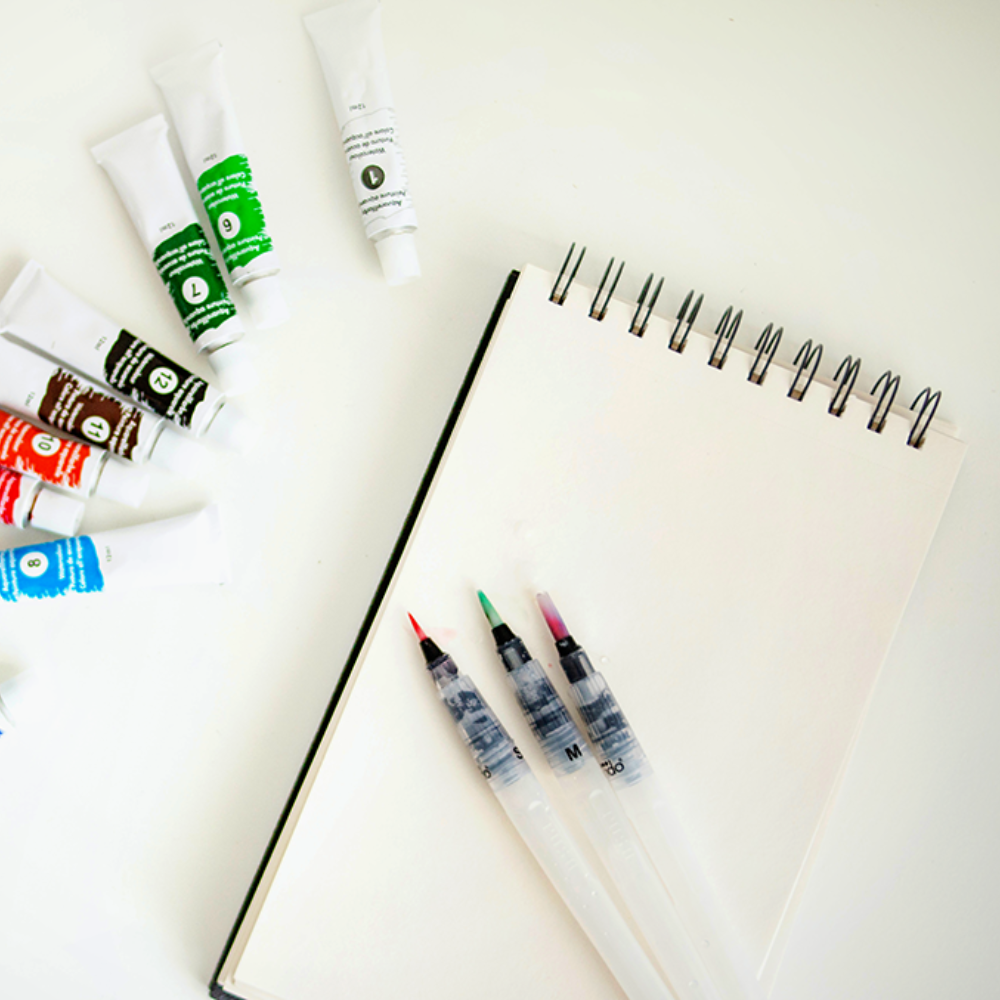
Interested in learning more about crayon resists? Check out Craffitti PH's video!
Want even more content about creativity and art?
Be sure to check out all of our creative chronicles!
Love crayons and watercolors?
Check out some of our other articles:
-Can you use watercolor on normal paper?
-Do you wet the paper before watercolor?
-How do you make crayons look professional?
-How do you stick crayon to canvas?
-What crayons do professionals use?
